Russian north
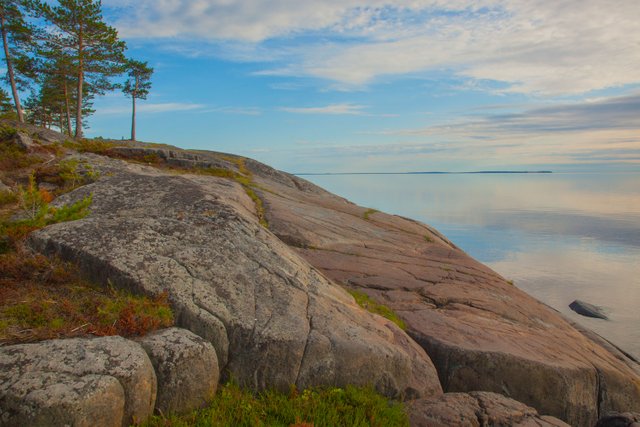
Severe beauty of northern nature
The island of Kiy or Kiy Island is a small island located in the Onega Bay of the White Sea, 8 km from the mouth of the Onega River, 15 km from the city of Onega. The length of the island is about 1.5 km, the width does not exceed 800 meters. The area is about 0,5 km². Through the jumper at the time of the tide - Pereimu - Kiy-island in the north-west it connects with the neighboring Phares island. With a small Krestov and some other islands, they sometimes join the Kiya archipelago. The island is made up of granite rocks (the outcrop of the bedrock of the Baltic Shield), in some places in the coastal strip there are sandy beaches.
In Russia there are two seas with opposite names by names. The Black Sea and the White Sea.
The Black Sea washes the Crimean peninsula. Crimea is one of the best places in Russia for summer holidays. Here and mountains and the sea and fields and steppes and all the most interesting.
But there is also a cold White Sea. But the beauty of this place is not inferior to the merry Crimean landscapes.
There is an amazing piece of land in the Russian North, which is called Kiy-island. It was sheltered in the stony waters of the Onega Bay of the White Sea, 15 km from Onega. It stretches from north to south, its length is 2 km, and the width does not exceed 800 m.
It is possible to get to the Kiy Island only during the maximum tide of water, on the boat of the "Kyi" rest house.
As the white nights come and under the warm summer rays of the sun flowers bloom and here on Kii-island from many cities of Russia go vacationers. What are they looking for in these harsh northern latitudes? What attracts them to this islet salty sea winds islet?
For local residents, Kiy-island has long served as a haven during the fishing season. In Russia, he became known only in the first half of the XVII century since the founding of the Godfather Monastery. The history of its emergence is inseparable from the name of the largest religious figure of the 17th century, the reformer of the Russian Orthodox Church, Patriarch Nikon. The beginning of his active religious activities is connected with the North: Nikon took monastic vows at the Solovki Monastery, having lived for three years in a monastery on the island of Anzer. Later he became hegumen of the Kozheozersky Monastery.
According to legend, in 1639 Nikon, traveling on the White Sea in a fishing shnike, got into a severe storm and after a while his ship was thrown out by a storm on the sandy part of a small rocky island (Krestnaya Luda - islet in front of the Ki-island), where according to customs At that time, Nikon put a huge wooden cross in memory of the miraculous salvation.
The origin of the name of the island by researchers is explained in different ways. Some associate him with the words uttered by Nikon when joining the saving shore: "Kiy-isle?" (Whose island?). Of course, this legend is unreliable: the island was named so and before Nikon. Another assumption is the source of the name in the Old Sami language, inhabiting Pomorie, the word "Kyi" means "the track of an animal or a wild deer." Local historian Pavel Ivanovich Noskov argues that the word "Kiy" in the language of the Finno-Ugric tribes means a stone, hence the stone island of Kiy-island. About the island later Nikon wrote: "And that island is empty and no one has any land on it, and there can not be any lodging people here, so that in that place all the stone is bare." In the inventory of the Ustounjes Pogost there is an entry that the priest of the Prichalnaya Bogoroditsa "mowed and put 100 haystacks of hay behind the river Onegoi and on the seashore in Kivakorg, in Rochev small and on the Kiy island." Hence, the name of the island "Kiy" was known for a whole century before the appearance of the patriarch Nikon. It must be Nikon remembered and loved this place, if in 15 years, following Solovki with Prince Khovansky, he again visited the island. The cross, once erected by him, stood untouched. Perhaps, then, seeing in this the destiny of destiny, Nikonrešil founded the Kiy monastery on the far northern island. Nicon generally loved the islands - all the monasteries built by him stand among the water. Being in exile in Ferapontov monastery, the patriarch poured out an island in the middle of the Bogoda Lake, where he loved to spend the evening hours in seclusion. Becoming a patriarch, Nikon did not forget the islet abandoned in the White Sea, who saved his life. And counting this for the destiny of fate, he decided to found the Godfather Monastery here. In 1656. Nikon addresses the people with "words", calling for donations for the construction of the new Godfather Monastery. From the Tsar Alexei Mikhailovich, the patriarch is seeking letters on the sending of masons. Already on June 13, 1656, the tsar issued a decree on the establishment of a monastery on the White Sea, and together with him, he "granted 6,000 rubles for many lands and lands."
An interesting historical document has been preserved in which Nikon orders the elder Nifont Terebinsky to draw a map of the Kiy Island, to choose the best place for the monastery: "... when you come to the island, you should inspect the island and draw a measure and measure three-a-side fence from the forest and from the north. .. and where is the bare stone, and where is the land, and where is the forest, and where is the swamp ... and how many lips have been pushed into the island, and the islet that is about that island ... and where is it proper to be in a monastery? " But Nikon wants to make his final decision on where and how to stand in the monastery, so he adds the tone to the elder Nifont in the tone of the ruler: "And with the drawing and with the real knowledge on the carts of the special hound, send to us the great emperor in Moscow at once."
It can be no doubt that the "special hound" arrived in Moscow immediately, because in half a year the Vozdvizhensky cathedral was built.
The Godfather Monastery was built quickly and soundly. Day and night on the island there was a ringing of axes and knocking of stone masons. The deserted lonely island gradually came to life and soon the first buildings appeared on its eastern shore. In 1657, by the order of Nikon, a "company of dragoons and gunners with several cast-iron cannons" arrived here, which later were used to suppress the Solovetsky uprising (1666-1676). In addition to the guns, the main shrine of the Kiiski monastery was delivered to the island - a huge cypress cross made on the order of Nikon in Jerusalem. The cross was richly decorated with precious stones. They sent him from Moscow to the solemn ringing of the bells and the prayer service of the patriarch himself.
The patronage of the tsar and the patriarch, generous offerings and work of the novice novices turned the monastery into one of the richest in the North.
Correspondence, reading and writing, Nikon's literary works, monastery manuscripts, documents, draw the patriarch as an outstanding architect, who knew the construction business to the minutest detail. Nikon acted simultaneously in the role of customer, architect and mason. Coming from peasants, he retained the sharpness of his ancestors and the sense of measure and beauty inherent in the people. Its buildings are practical, beautiful and durable. And Nikon built a lot - three large monastery ensembles: the Valdai Iversky, the Kiya Cross, the New Jerusalem Resurrection. None of them outstanding monuments - not erected without strict supervision of the peasant patriarch.
In 1660, Nikon visited Kiy Island for the last time. With him he brought bells, church utensils and masters of stone affairs. After completing the main building of the monastery buildings and consecrating the temples during the year, in 1661 Nikon left the island forever.
After the deposition of Nikon in 1666, the monastery loses its patron and many privileges.
In the second half of the 18th century, after secularization, when by the Decree of Catherine II all monasteries lost their lands, the welfare of the Godfather Monastery fell sharply. It was at this time in the south-eastern part of the island was built a forest stock exchange. On the roadside of the Kiy Island, the parking and loading of ships with timber was determined. Years passed. The monastery gradually came to desolation. At various times, the disgraced people who disliked the secular and spiritual authorities served their sentences here.
During the Crimean War of 1853-1856, the British warships, after an unsuccessful attempt to capture Solovki, moved into the depths of the Onega Bay and on July 8, 1854, approached the Kyi Island. The next day the invaders landed on the island, subjected to fire a number of economic and residential buildings, and then broke into the cathedral ... they completely plundered the monastery.
The ensemble of the Godfather Monastery occupies a small area. It is organized unusually compactly and rationally. The monastery is located near the pier, where sea ships moor. The first buildings of the monastery were wooden, but at the same time stone construction began. It is under the control of Patriarch Nikon.
The most significant stone structure of the monastery is the Krestovozdvizhensky Cathedral (1657-1661), it is built of local dark gray granite and limestone using brick. Its central dome towers above the island and is visible from the sea from afar.
The second stone construction of the Godfather Monastery is the Church of the Origin of the Honorable Ancients of Christ, or, more simply, the Nadkladeznaya church, since there is a well under the temple. The church is unusually small in size. On its altar ledge, on the outside, a stone cross with a historical inscription on the foundation of the monastery was fortified. On the western side of the church adjoins a stone two-story building. At the top were cells, at the bottom - household cellars, kvassovarnya.
The formation of the ensemble of the Godfather Monastery is completed by the construction of the Nativity of the Virgin with the refectory and the Kelaar Chamber (1689). To them adjoined the tall hipped bell-tower. The ensemble of stone buildings, since the XVII century, surrounded by a wooden fence, repeatedly rebuilt and refurbished. Now only a small part of the wooden monastery fence with a tower built in 1871 has survived. Other wooden monastic buildings have survived: the Stable House (1871), the Brotherhood Corps (1903). In the depths of the island, completing a picturesque forest alley, stood a small wooden church of All Saints (rebuilt under the shelter of tourists). This church once surrounded the monastery cemetery.
The number of monastics in the second half of the XIX century - the beginning of the XX century did not exceed 10 people. In a state of gradual desolation, the monastery lasted until 1922, when it was abolished. After its closure, the monastery buildings were used as a base for a children's boarding school. Here lived, studied and worked the children of partisans and Red Army soldiers who died during the Civil War and in battles with the interventionists.
Later, in June 1924, a recreation center was opened here, which still operates today.
Info from Onega site
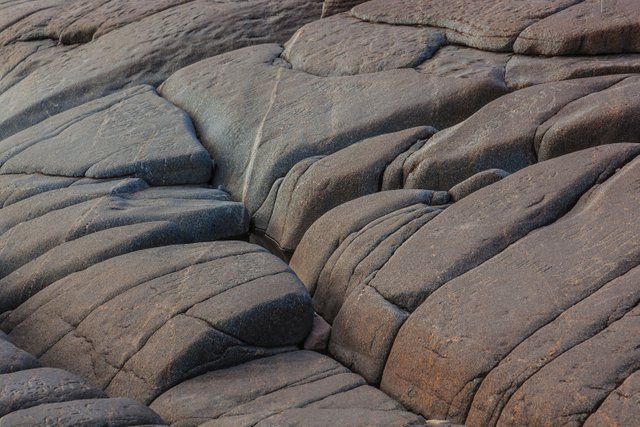
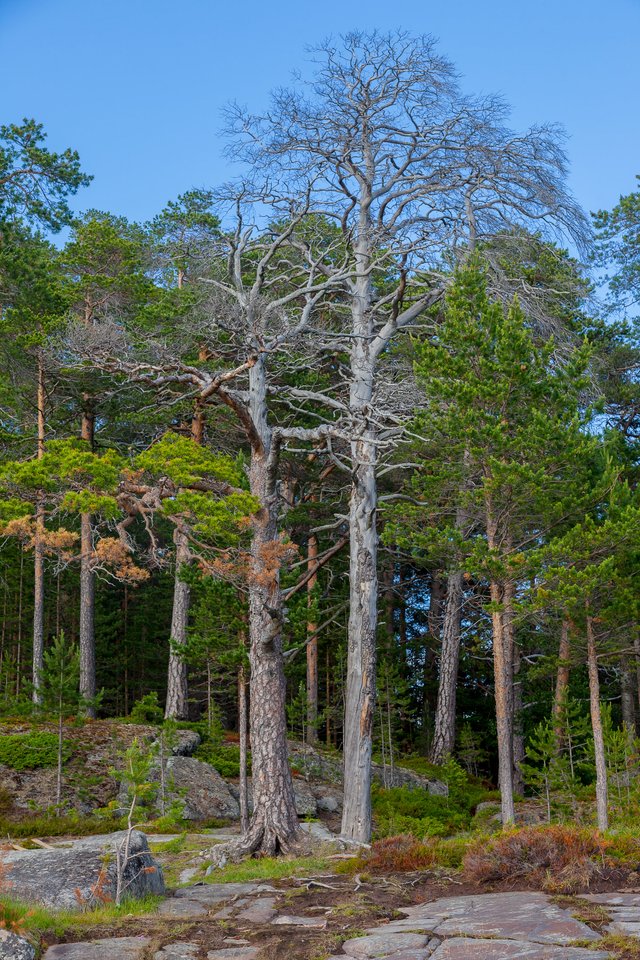
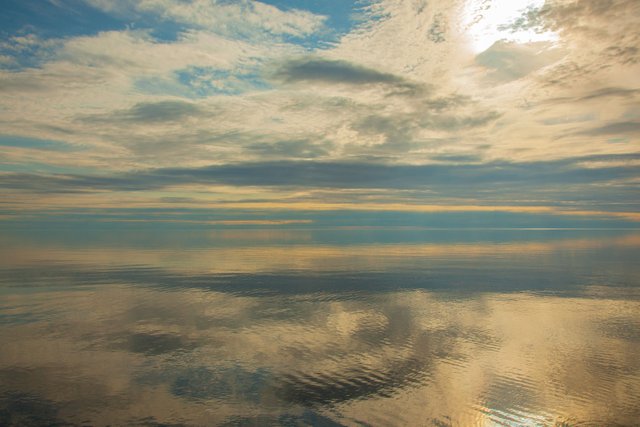
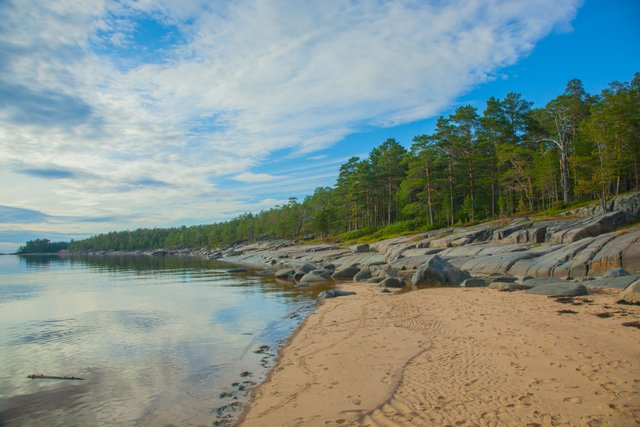
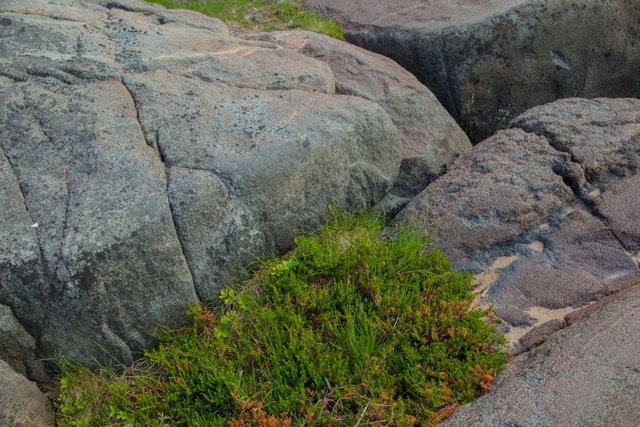
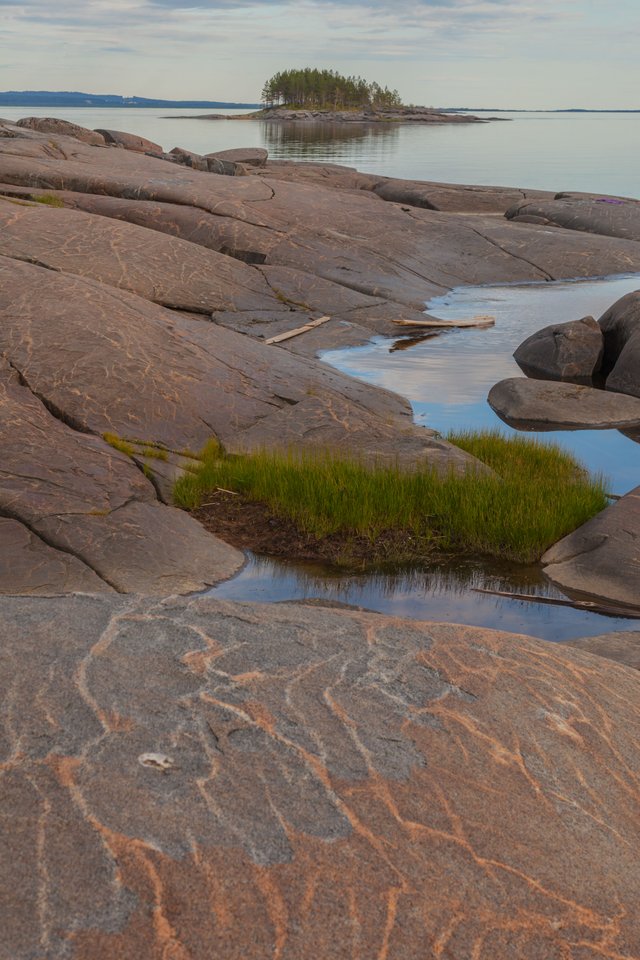
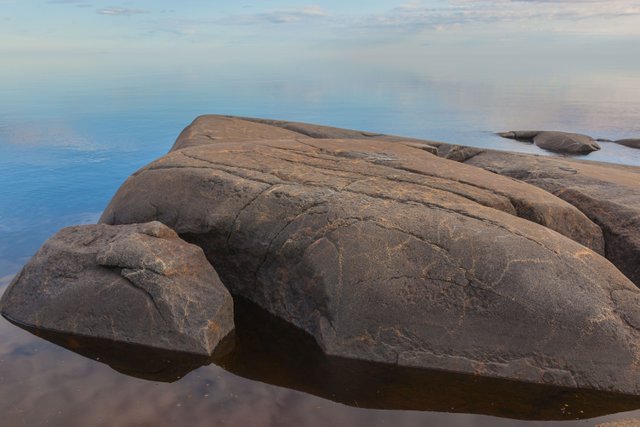
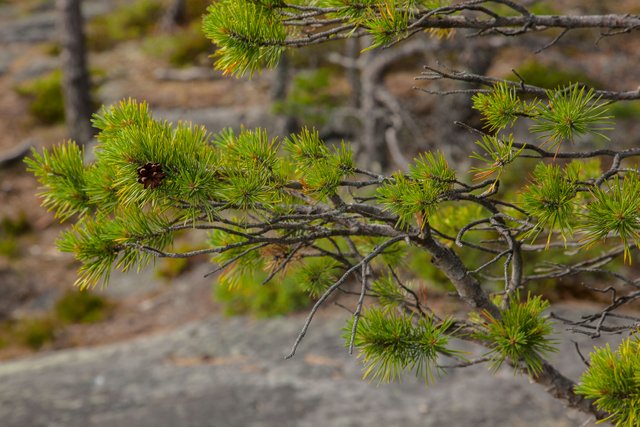
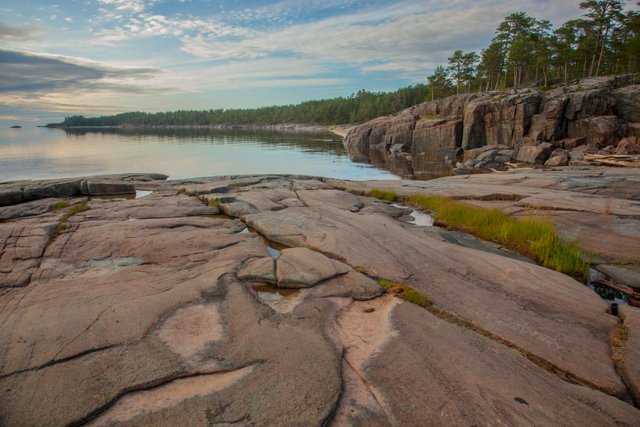
Looks like a very nice place! I'd say you should put your pictures in between the text when you write a post as there was a lot of text and images always help to break up the words.
Very interesting though, worth a visit :)
Thank you
Wow. Beautiful post. I like it too much.
Glad you like it
Congratulations, Your Post Has Been Added To The Steemit Worldmap!
Author link: http://steemitworldmap.com?author=amikphoto
Post link: http://steemitworldmap.com?post=russian-north
Want to have your post on the map too?